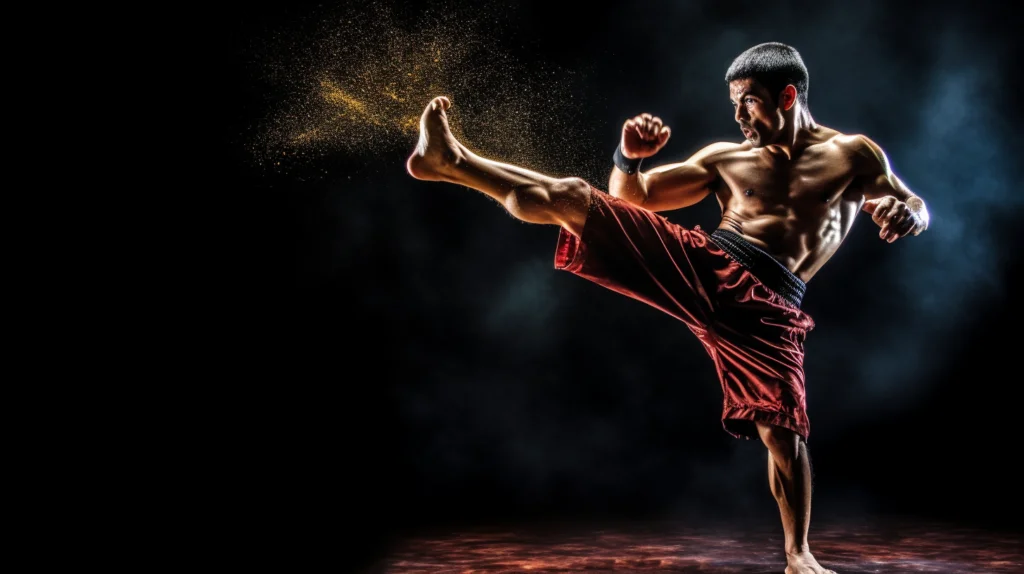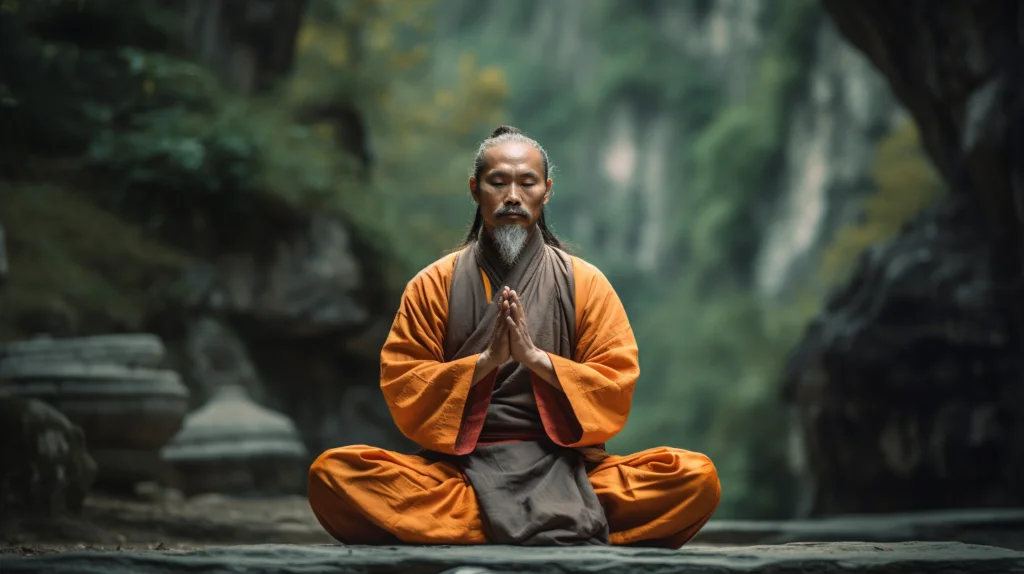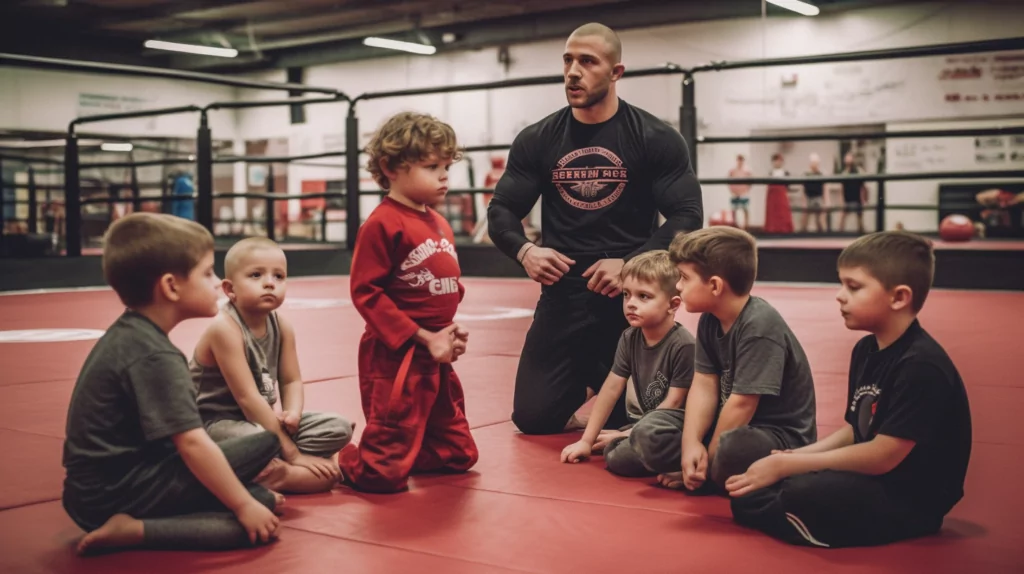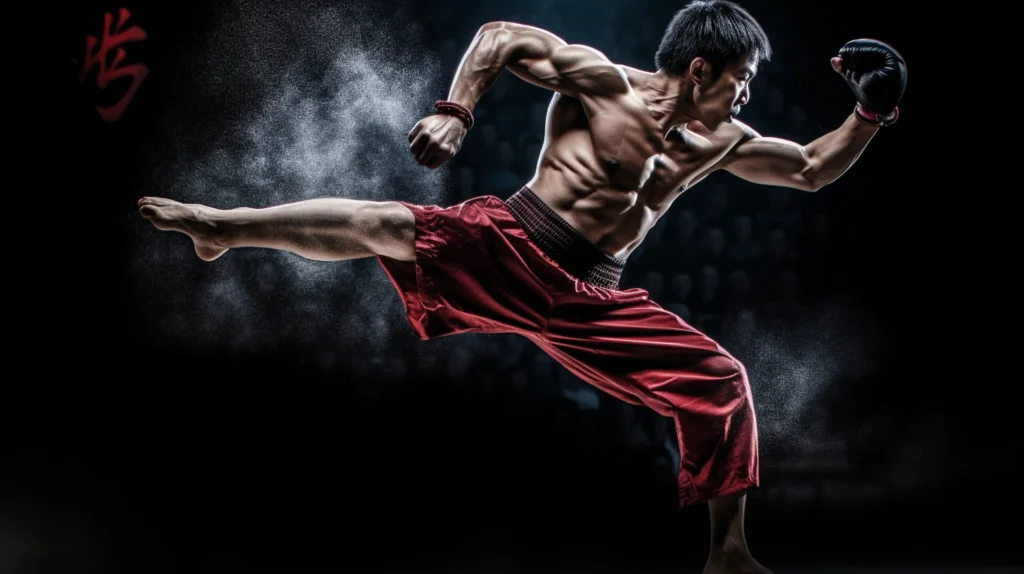In a world where Mixed Martial Arts (MMA) is steadily gaining ground and capturing the hearts of millions, it’s important to acknowledge the rich tapestry of fighting styles that have given birth to this modern combat sport, that includes the role of Wushu in MMA. It has played a significant role in shaping MMA. Today, we’ll delve into the influence of Wushu on the MMA scene and explore how this traditional Chinese martial art has contributed to the evolution of the sport.
The Origins of Wushu: When Kung Fu Meets Poetry
Wushu, also known as Kung Fu, has its roots in ancient China and dates back thousands of years. This martial art is a fusion of self-defense techniques, graceful movements, and philosophical teachings. Picture Bruce Lee and his nunchucks, but with the elegance of a ballet dancer. Wushu is a beautiful expression of power and finesse, where each movement is designed like a stanza in a poem.
The Wushu Connection: How it Fits into the MMA Puzzle

Every MMA fighter brings their unique style and skillset to the octagon, drawing from a diverse range of martial arts backgrounds, including Brazilian Jiu-Jitsu, Muay Thai, and Taekwondo, to name a few. Wushu, with its emphasis on speed, agility, and fluidity, offers an exciting dimension to the sport that is both visually captivating and strategically effective.
One key aspect of Wushu that has seamlessly transitioned into MMA is its focus on striking techniques. Wushu practitioners are known for their lightning-fast kicks, powerful punches, and awe-inspiring acrobatics, making them formidable opponents in the octagon. The striking prowess of Wushu-trained fighters adds an element of unpredictability to their arsenal, keeping opponents constantly on their toes (quite literally).
The Yin and Yang of Wushu and MMA
While Wushu’s influence on modern combat sports is undeniable, it’s important to recognize that the adaptation of this ancient art to the MMA landscape has not been without its challenges. Wushu’s emphasis on form, grace, and aesthetics can sometimes conflict with the raw brutality and primal nature of MMA.
However, this juxtaposition also represents the beauty of the sport, as it embodies the perfect balance between tradition and innovation, much like the Chinese philosophy of Yin and Yang. Wushu’s influence on MMA has led to a harmonious blend of old and new, where the wisdom of the past informs the progress of the future.
Wushu Warriors: MMA Fighters Embracing the Ancient Art
Several prominent MMA fighters have embraced Wushu as part of their training, such as former UFC Middleweight Champion Anderson Silva and ONE Championship fighter Eduard Folayang. These athletes have harnessed the power of Wushu to enhance their striking abilities, increase their agility, and develop a unique fighting style that sets them apart from the competition.
The Philosophical Connection: Wushu’s Impact on the MMA Mindset

Beyond the physical techniques and striking prowess that Wushu brings to the table, this ancient martial art has also had a profound influence on the mindset of MMA fighters. Wushu’s deep philosophical roots, grounded in principles of balance, harmony, and self-discipline, have helped shape the mental and spiritual approach of many MMA athletes.
One of the core tenets of Wushu philosophy is the idea of “flow,” or the seamless integration of mind, body, and spirit. This concept has striking similarities to the “zone” or “flow state” that many athletes, including MMA fighters, strive to achieve during competition. By incorporating Wushu’s teachings on mindfulness and mental focus, MMA fighters can enhance their ability to stay calm under pressure, make split-second decisions, and maintain a strong connection between their mental and physical actions.
Another key aspect of Wushu philosophy that has found its way into the MMA world is the emphasis on humility, respect, and sportsmanship. Wushu teaches that martial arts should be used for self-defense and personal growth, rather than to harm or dominate others. This principle aligns with the core values of MMA, which promote fair play, mutual respect, and the pursuit of excellence both inside and outside the octagon.
The Art of Adaptation: Wushu’s Journey into the Modern Era
As with any ancient martial art, the process of adapting Wushu to the modern context of MMA has required a great deal of innovation and creativity. While the fundamentals of Wushu’s striking techniques and graceful movements have remained largely intact, many practitioners have had to tweak, modify, and even reinvent certain aspects of the art to make it more compatible with the demands of MMA competition.
One of the key adaptations that Wushu practitioners have had to make is the integration of grappling and ground fighting techniques. Traditional Wushu primarily focuses on striking and stand-up fighting, which leaves a significant gap when it comes to the grappling-heavy nature of MMA. To address this issue, many Wushu-trained fighters have incorporated elements of Brazilian Jiu-Jitsu, wrestling, and other grappling arts into their arsenal, creating a hybrid fighting style that combines the best of both worlds.
Another area in which Wushu has had to evolve is in its approach to conditioning and physical fitness. While the ancient art certainly emphasizes strength, speed, and flexibility, the demands of MMA competition require a higher level of overall athleticism and endurance. To bridge this gap, Wushu practitioners have adopted modern strength and conditioning methods, such as high-intensity interval training (HIIT), plyometrics, and functional fitness exercises, to ensure they are fully prepared for the physical rigors of the octagon.
The Legacy of Wushu: Inspiring the Next Generation of MMA Fighters
As the influence of Wushu continues to grow within the MMA community, it is clear that this ancient martial art has a vital role to play in shaping the future of the sport. By blending the wisdom and tradition of Wushu with the cutting-edge techniques and strategies of modern combat sports, a new generation of MMA fighters is emerging that embodies the perfect balance of old and new.

These young athletes, inspired by the likes of Anderson Silva, Eduard Folayang, and other Wushu-trained MMA stars, are proof that the legacy of Wushu is alive and well in the world of mixed martial arts. As they continue to push the boundaries of what is possible in the octagon, the ancient art of Wushu will continue to evolve and adapt to the ever-changing landscape of modern combat sports. And with each new generation of fighters that embraces the teachings of Wushu, the martial art’s timeless principles of balance, harmony, and self-discipline will continue to enrich the sport of MMA for years to come.
Wushu’s influence on modern combat sports is both profound and far-reaching. From its striking techniques and graceful movements to its philosophical teachings and emphasis on mental focus, this ancient martial art has left a lasting impact on the world of MMA. As the sport continues to evolve and grow, the legacy of Wushu will no doubt continue to inspire and shape the future of mixed martial arts, forging a unique and enduring connection between the past and the present.

